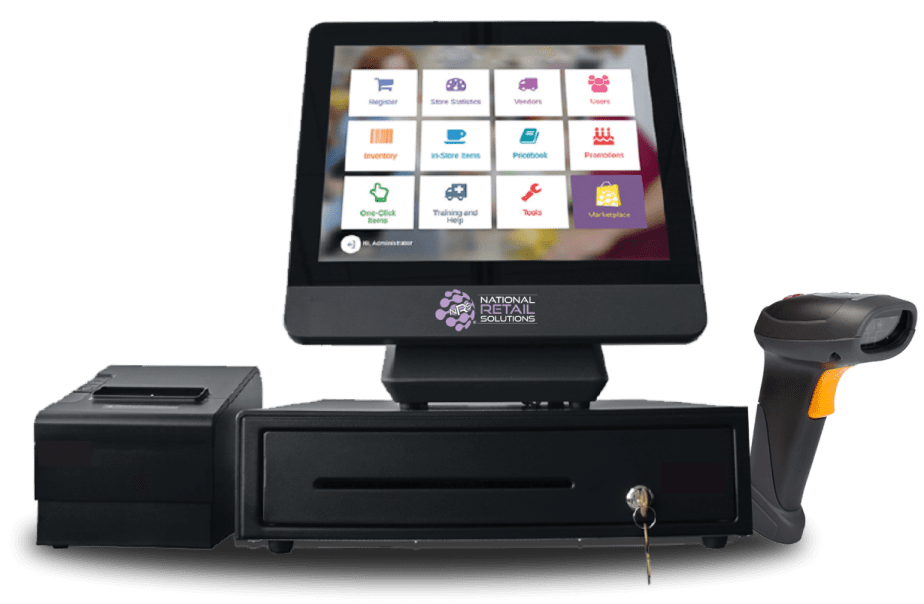Signs it’s time to upgrade to a modern Restaurant POS Software system?
Wiki Article
Exactly How POS System Works: A Comprehensive Guide for Entrepreneur

Comprehending the Parts of a POS System

Just How Sales Purchases Are Refined
When a customer determines to make a purchase, the sales transaction launches a series of systematic actions within the POS system. The cashier inputs the items being bought, which are scanned through a barcode viewers or manually gone into. This activity fetches item details, consisting of rates and appropriate tax obligations, from the system's database.Next, the customer exists with the complete amount due. The POS system then refines the repayment, whether with money, bank card, or mobile repayment approaches (Restaurant POS Software). For electronic repayments, the POS safely communicates with payment processors to accredit and verify the transaction.Once the payment is confirmed, the system produces a receipt, which can be printed or sent digitally. This receipt acts as receipt for the consumer. Lastly, the deal data is videotaped in the system, making sure accurate sales records and monetary monitoring for businessStock Management and Tracking

Efficient inventory monitoring and tracking are crucial elements of a POS system, as they ensure that businesses keep perfect supply levels and decrease inconsistencies. A robust POS system enables real-time stock updates, reflecting sales and returns instantly. This enables company owner to keep an eye on stock levels precisely, guaranteeing that prominent things are readily offered while avoiding overstocking of less preferred products.Additionally, progressed POS systems use functions such as computerized stock informs and reorder pointers, enhancing the procurement process. Barcoding and RFID innovation improve precision in tracking stock activity, decreasing human mistake. Substantial coverage tools supply understandings into stock turn over rates, assisting services make educated choices concerning purchasing and product offerings. Inevitably, find effective inventory monitoring with a POS system not just boosts operational performance yet additionally improves customer contentment by making sure item accessibility.
Evaluating Customer Information and Insights
Consumer data evaluation acts as a powerful tool for organizations using a POS system (Restaurant POS Software). By analyzing and accumulating deal information, services can uncover beneficial insights concerning client habits and preferences. This evaluation allows them to recognize buying fads, peak purchasing times, and preferred products, therefore educating inventory choices and advertising strategies.Additionally, companies can section their customer base, permitting personalized marketing initiatives that satisfy specific demographics or purchasing practices. Recognizing customer commitment patterns likewise assists in developing targeted benefits and promos programs.The information obtained from a POS system can additionally reveal insights into client feedback, allowing businesses to make informed choices relating to item offerings and solution improvements. Ultimately, leveraging customer information successfully can boost the total shopping experience, foster customer fulfillment, and drive earnings development
Advantages of Implementing a POS System

Often Asked Concerns
What Types of Services Can Gain From a POS System?
Numerous businesses take advantage of a POS system, including stores, restaurants, beauty parlors, and e-commerce platforms. These systems streamline deals, supply monitoring, and consumer data, improving functional effectiveness and enhancing consumer experience across varied sectors.How Much Does a POS System Commonly Cost?
The expense of a POS system commonly ranges from a few hundred to several thousand bucks, depending upon features, equipment, and software. Services should think about recurring fees for purchase, support, and maintenance handling when budgeting.
Can I Integrate a POS System With Existing Software Application?
Integrating a POS system with existing software is usually viable. Many systems provide APIs or integrated Read Full Report compatibility features, allowing companies to simplify operations and boost functionality by connecting numerous software program applications effectively.
What Training Is Needed for Staff to Use a POS System?
Educating for staff to use a POS system usually includes understanding software capabilities, processing purchases, managing supply, and dealing with client communications. Practical demos and hands-on practice improve effectiveness and self-confidence in making use of the system successfully.What Takes place if the Internet Decreases While Using a POS System?
Deals may be disrupted if the internet goes down throughout POS system usage. Several systems offer offline abilities, permitting standard operations to continue, however complete performance, including real-time stock updates, will certainly be limited. A Factor of Sale (POS) system is made up of a number of essential parts that work together to help with purchases and manage company operations. Efficient supply administration and monitoring are vital components of a POS system, as they guarantee that businesses keep excellent supply levels and lessen discrepancies. Customer data evaluation offers as an effective tool for companies utilizing a POS system. Comprehending consumer loyalty patterns additionally helps in creating targeted benefits and promotions programs.The data gleaned from a POS system can also disclose understandings into client feedback, enabling organizations to make informed decisions concerning product offerings and service improvements. Executing a POS system uses various benefits that can greatly enhance service operations.Report this wiki page